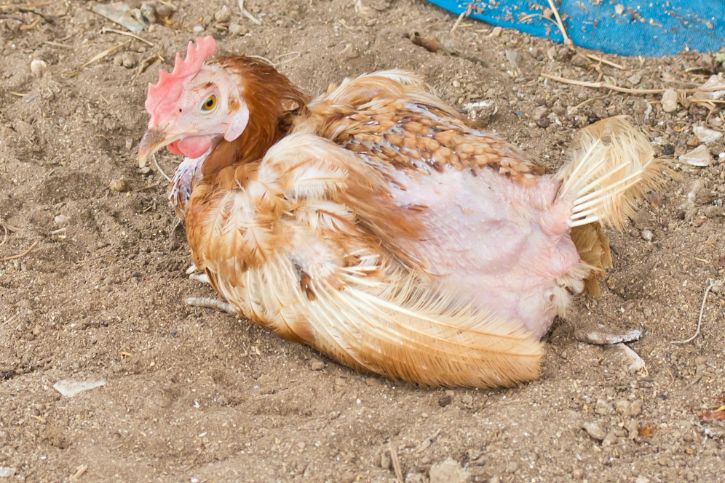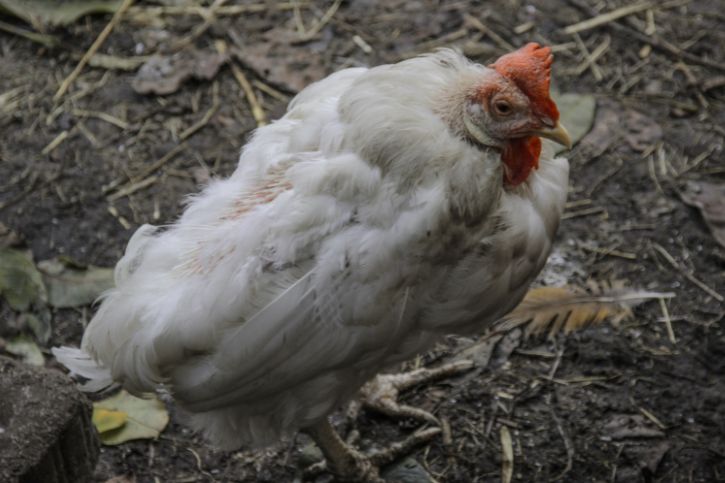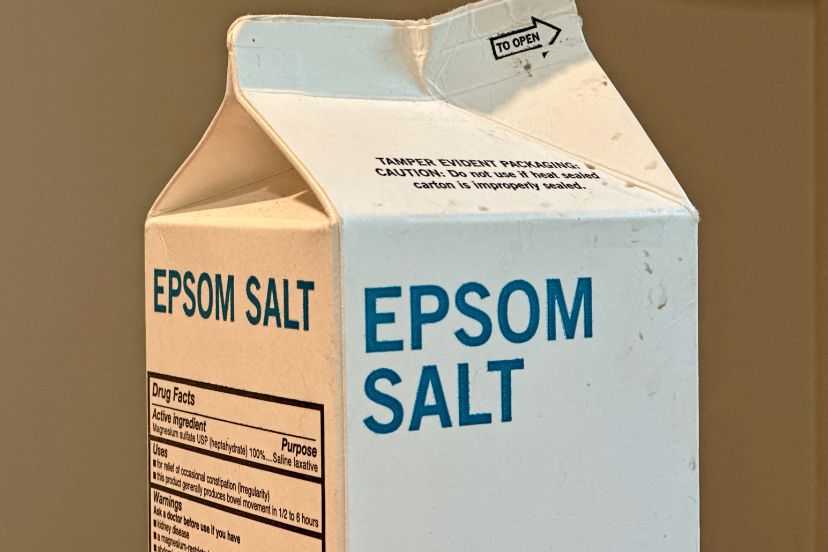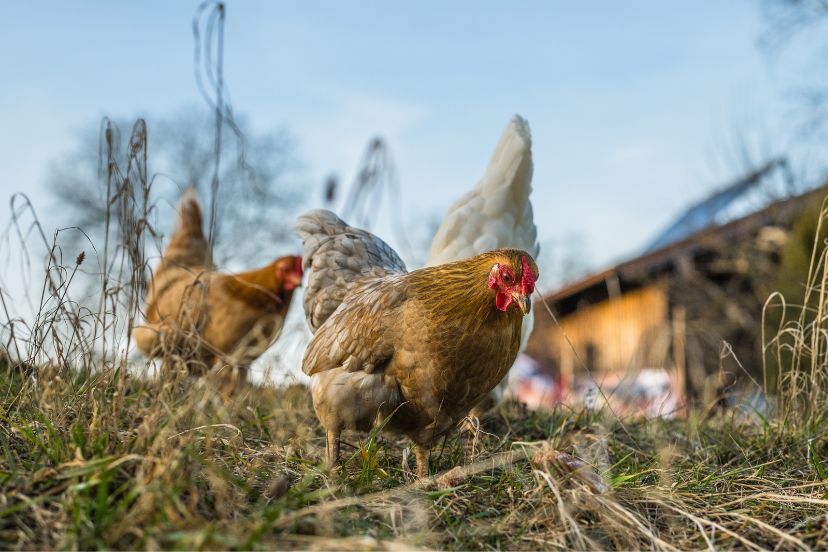What is Vent Gleet in Chickens and How to Treat It
Ever heard of vent gleet in chickens? It sounds like something out of a sci-fi novel, right? Vent gleet, sometimes humorously referred to as “chicken thrush”, is essentially a fungal infection in the digestive system of our feathered friends. Think of it as a yeast infection for chickens.
Symptoms of Vent Gleet in Chickens
When it comes to identifying the unique malaise that is vent gleet in chickens, a keen observation can make a world of difference. While vent gleet isn’t exactly the chickenpox of the avian world, its symptoms are rather distinctive, making them easier to spot once you know what to look for.
1. A Messy, Whitish Discharge Around the Vent Area
This is the most prominent sign. If you notice a sticky, white substance around your chicken’s vent, it’s like seeing a neon sign screaming “Vent Gleet Alert!” This discharge is a mix of feces, urine, and the fungus, giving it its unique consistency.
2. A Foul Smell
Imagine leaving a wet towel in a closed room for days; you’d be met with a musty, unpleasant odor, right? Well, vent gleet emanates a similar, unmistakable smell – but way worse. This is due to the combination of infection and accumulated discharge.
3. Loss of Feathers Around the Vent

Feather loss in this area is the chicken’s body response to the irritation caused by the persistent moisture and the fungal activity. Think of it as the chicken’s way of minimizing discomfort, akin to how we’d roll up our sleeves if our arm had an itch.
4. Lethargy in the Chicken

Remember how you feel when you’re under the weather? Maybe you just want to lounge on the couch and watch some TV. Chickens with vent gleet exhibit similar behavior, displaying reduced energy levels, and spending more time resting than usual.
5. Decreased Egg Production
This is like the barometer of a chicken’s health. A drop in egg production often signifies something’s amiss. The stress and discomfort caused by vent gleet often lead to this reduced output.
Causes of Vent Gleet in Chickens
Understanding what’s causing an issue is half the battle. And in the case of vent gleet in chickens, it’s a mix of several factors that play spoilsport.
1. Poor Diet
You are what you eat. This age-old adage isn’t limited to us humans. Chickens fed a low-nutrient or unbalanced diet become more susceptible. It’s as if they’re running an antivirus software with outdated virus definitions.
2. Lack of Sanitation
A dirty environment is like a theme park for fungi and bacteria – they absolutely love it. Unsanitary conditions in a chicken coop or nesting area provide the perfect breeding grounds for the organisms causing vent gleet in chickens.
3. Stress
Stress is a silent killer, and not just for humans. Factors like abrupt changes in the environment, bullying by other chickens, or frequent relocations can stress out your chicken, reducing its immunity and making it more susceptible to infections.
4. Presence of Other Diseases
Sometimes, vent gleet might just be the sidekick and not the main villain. The presence of other underlying diseases can weaken the chicken’s defense mechanisms, making vent gleet more of an opportunistic infection.
In the end, understanding these symptoms and causes not only makes us more informed caregivers but also highlights the importance of preemptive care. Because, as they say, prevention is always better than cure.
Treatment Methods for Vent Gleet in Chickens
Facing the reality of vent gleet in chickens is one thing, but finding ways to treat it effectively is where the actual challenge lies. Thankfully, nature and modern medicine have bestowed us with a plethora of treatment options. Let’s dive deeper into these methods, shall we?
Home Remedies
Apple Cider Vinegar
Apple Cider Vinegar is more than just a tangy salad dressing ingredient. It possesses mild antifungal properties, making it an excellent tool in the fight against vent gleet in chickens. By adding a bit of ACV to your chicken’s water, you help neutralize its gut environment. The acidity levels of ACV can deter the proliferation of harmful fungi, just as restarting a computer can help it function more efficiently by clearing out minor errors.

Typically, a ratio of 1 to 2 tablespoons of ACV per gallon of water should do the trick. Ensure to use raw, unfiltered apple cider vinegar for best results.
Probiotics
Think of probiotics as an army of good soldiers defending a fort (your chicken’s gut). These beneficial bacteria are naturally found in the gut and play a pivotal role in digestion and immunity. By introducing more of these “good guys,” you’re fortifying the fort against invaders like the fungi causing vent gleet in chickens.

Unflavored yogurt is a go-to source, but there are also poultry-specific probiotic supplements available. Mixing a spoonful of yogurt in their feed occasionally can be a tasty treat and a health booster!
Epsom Salts
While the thought of giving your chicken a warm bath might sound a tad indulgent, the benefits of an Epsom salt bath are twofold. Firstly, it cleans the vent area, reducing irritants. Secondly, Epsom salts are known for their anti-inflammatory properties. The magnesium in the salts can soothe irritated skin, much like how a warm bath eases our sore muscles.

Dissolve a cup of Epsom salts in a gallon of warm water. Gently place your chicken in the bath, ensuring the affected area is soaked but avoiding submerging its head.
Veterinary Treatments
While home remedies can be effective, there are instances where the severity of vent gleet in chickens calls for stronger interventions. This is where veterinary expertise comes into play.
Antifungal Medicines
Your vet might prescribe antifungal medicines that directly target the causative organisms of vent gleet in chickens. It’s essential to administer these as per the vet’s instructions and complete the entire course, even if symptoms seem to diminish.
Other Treatments
Based on the severity and accompanying symptoms, a vet might also recommend antibiotics, anti-inflammatory drugs, or even topical treatments.
In summary, a combination of natural remedies, close observation, and veterinary guidance can work wonders in managing and curing vent gleet in chickens. Remember, every chicken is unique, and what works for one might not for another. It’s all about finding that sweet spot of care and treatment.
Preventive Measures
Ah, the age-old saying, “Prevention is better than cure”. This couldn’t be truer, especially when it comes to poultry health. Vent gleet, while treatable, can cause significant discomfort to our feathered friends. Hence, putting preventive measures in place is a wise strategy. Let’s dive deeper into the essence of these preventive tactics:
Maintain Cleanliness
- Imagine coming home to a clean room after a long day – refreshing, right? For chickens, a clean coop isn’t just refreshing; it’s a health necessity. A tidy environment significantly reduces the risk of fungal and bacterial growth.
- Just as you’d vacuum your room or do laundry, ensure the coop is cleaned regularly. Remove any wet or soiled bedding and replace it with fresh, dry material.
- A well-ventilated coop keeps moisture at bay. Remember how a damp room can feel stuffy and breed mold? It’s the same with coops; adequate airflow prevents humidity buildup, which deters fungal growth.
- Ensure that there’s no stagnant water in or around the coop. Much like how we’d hate a puddle in the middle of our room, chickens dislike wet areas. Damp environments are playgrounds for microbes.
Provide a Balanced Diet
- Our feathered friends, much like us, thrive on a balanced diet. Giving them the right nutrients is akin to fueling a car correctly – it runs smoother and faces fewer hitches.
- Rotate their food sources occasionally. This ensures they receive a spectrum of nutrients. Remember how eating the same food daily can get monotonous and unfulfilling? Diversity in diet can prevent nutritional deficiencies.
- It might be tempting to save a few bucks on cheaper feed with fillers. But remember, quality over quantity always! High-quality feed ensures they receive all essential nutrients.
- Always provide access to clean, fresh water. It’s the simplest yet most crucial aspect of their diet.
Regular Check-ups
- Being proactive is the key. Regularly inspecting your flock can save you a ton of trouble in the long run. It’s akin to us getting regular health check-ups; early detection can nip potential issues in the bud.
- Set aside specific days for thorough check-ups. Examine their feathers, vent area, eyes, and beak. Healthy chickens should be lively with bright eyes and a clean vent.
- Keep an eye on their behavior. Lethargy, reduced appetite, or isolation can be red flags. Remember how our mood and energy levels dip when we’re unwell? Chickens exhibit similar signs.
- While personal inspections are crucial, an annual visit to a poultry vet can be invaluable. They might spot things that you might miss and provide necessary medical advice.
| Explore Different Chicken Breeds: |
Brown Leghorn Chickens: Production, Broodiness & Behavior
Mystic Onyx Chickens: The Dark Gems of Poultry
California White Chickens: The Feathered Wonder of the West
Welbar Chickens: Everything You Need to Know
Black Star Chickens: 10 Essential Breed Facts
Raising Amberlink Chickens: Best Practices and Benefits
Why Red Star Chickens Might Be Right for You
Black Copper Maran Chickens: Breed Overview
FAQs
What is the main cause of vent gleet in chickens? The main causes include poor diet, stress, lack of sanitation, and the presence of other diseases.
Can I prevent vent gleet in chickens entirely? While prevention measures can significantly reduce the risk, there’s no 100% guarantee. Regular check-ups and maintaining cleanliness can help.
Are home remedies always effective? Home remedies can be effective in many cases, but severe infections might require veterinary intervention.
How long does it take for a chicken to recover from vent gleet? With proper care and treatment, most chickens recover in a couple of weeks.
Can vent gleet spread to other chickens? While it’s not highly contagious like some diseases, it’s always good to isolate the affected chicken to prevent any potential spread.




